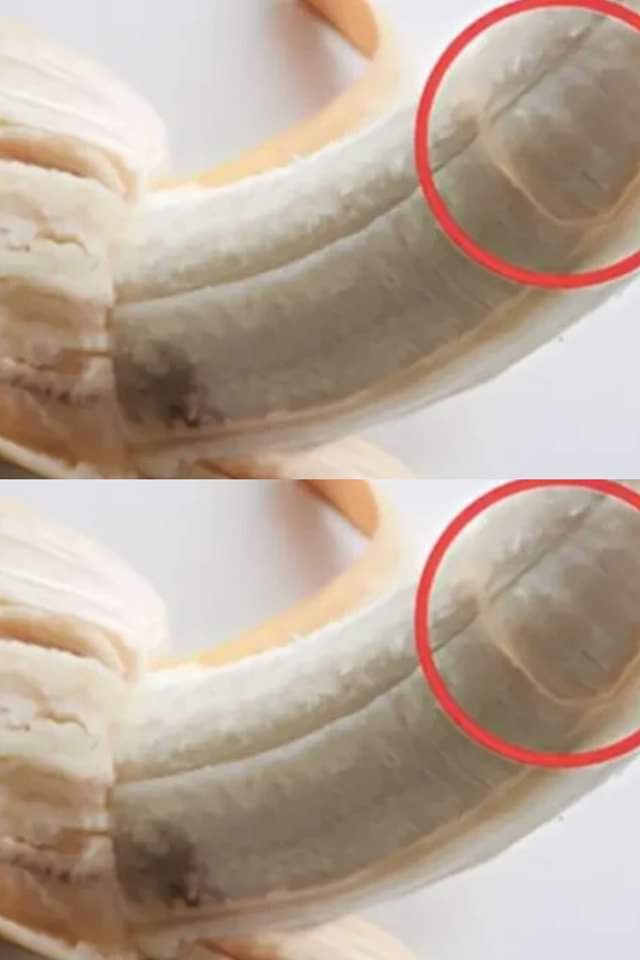Do you know what those annoying strings on bananas are for? Its properties are very important, but few know about it. That’s why you have to eat them.
Banana is a fruit grown mainly in the Earth’s subtropical tropics . In fact, the countries that produce this fruit are Costa Rica, Mexico, Ecuador and others. It is available all year round and is an excellent source of vitamins, minerals, fiber and phytosterols. Furthermore, eating bananas helps reduce the glycemic index and provides benefits to the cardiovascular system. Not only because it is also excellent for digestion and it is also recommended to eat two a day. However, it is not recommended for people taking ACE inhibitors, diuretics, or oxazolidinones.
But, have you ever wondered what those filaments inside the banana are that are normally removed? Many consider them irritating and therefore remove them before eating the banana, but in reality you should eat the banana without removing them. Why? We will see this immediately in the next paragraph.
Bananas – that’s what those filaments are for
As we said, and as you well know, bananas have strings inside and most people remove them before eating them.
The scientific name for these filaments is phloem . These, in addition to being absolutely edible, are also particularly important for the nutritional properties they have. Phloems are, therefore, present in all plants and have a very specific purpose.
These supply nutrients to the fruits in the form of nymphs . Therefore, they are essential for the healthy growth of the fruit. These contain high levels of vitamin A and B6, but also more fiber and minerals.
Furthermore,
the phloem indicates the right time to eat the banana . In fact, when they come off the banana easily, it means the time has come. In short, there is no valid reason to remove them, especially if you are going to make a smoothie or any other banana-based preparation. As we just said, the phloem indicates when to eat the banana, but many don’t know that in
A recent study stated that bananas with brown spots are healthier than those without spots . Yes, you read that correctly, this part should not be thrown away, but eaten.
Continued on next page (page 2)
ADVERTISEMENT

